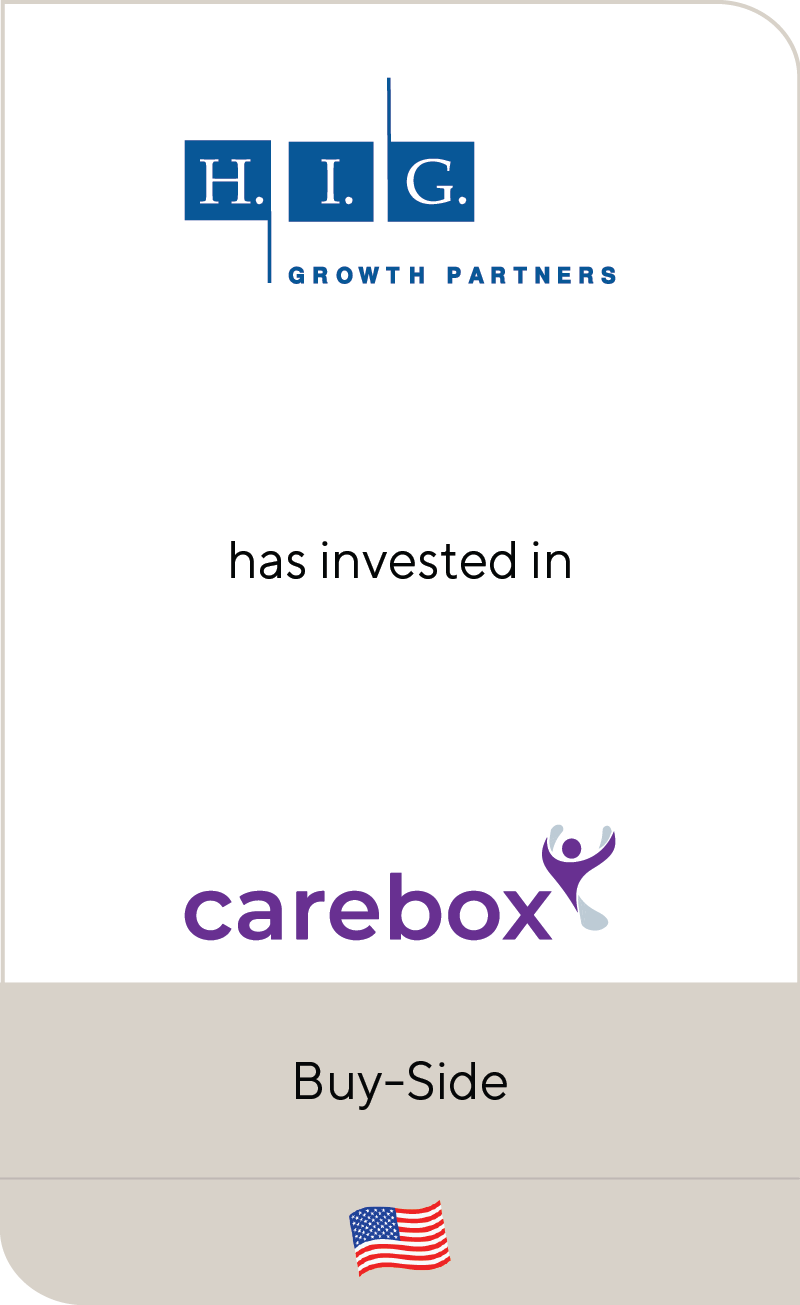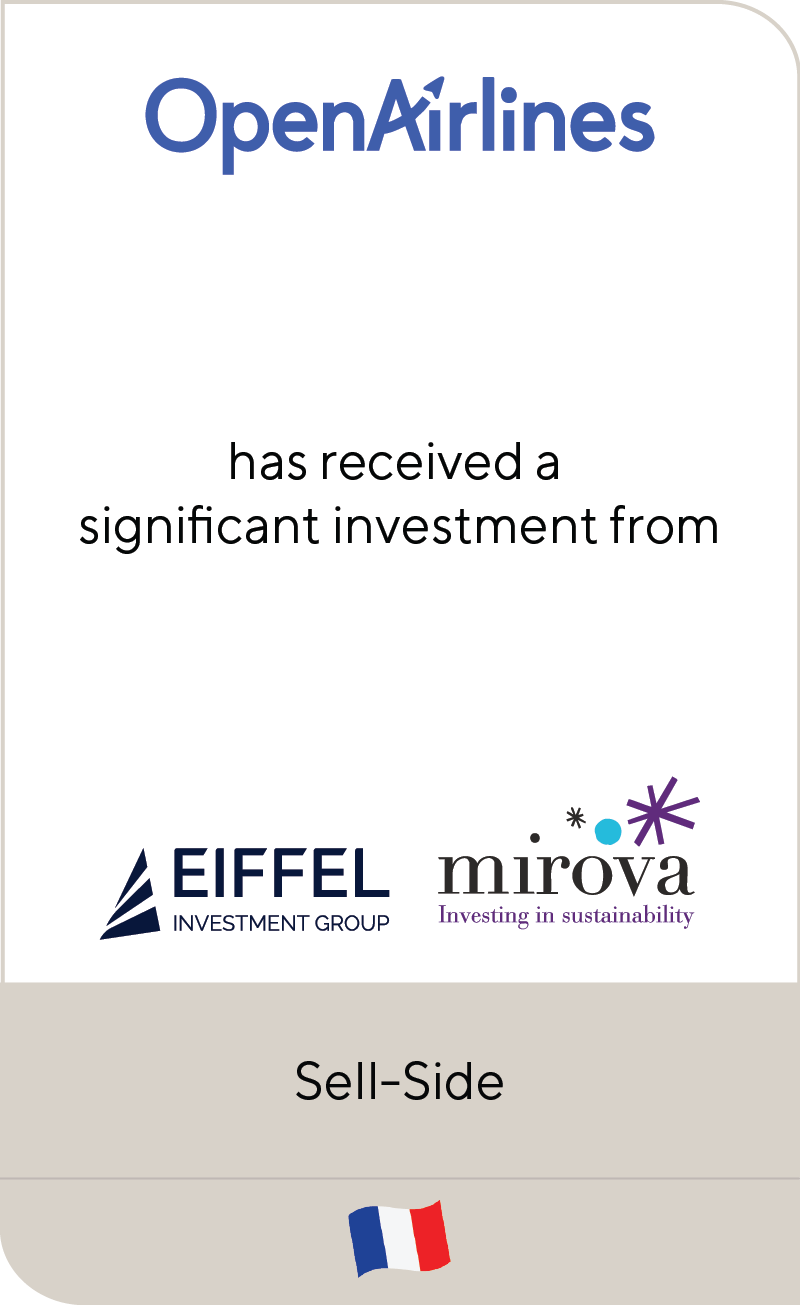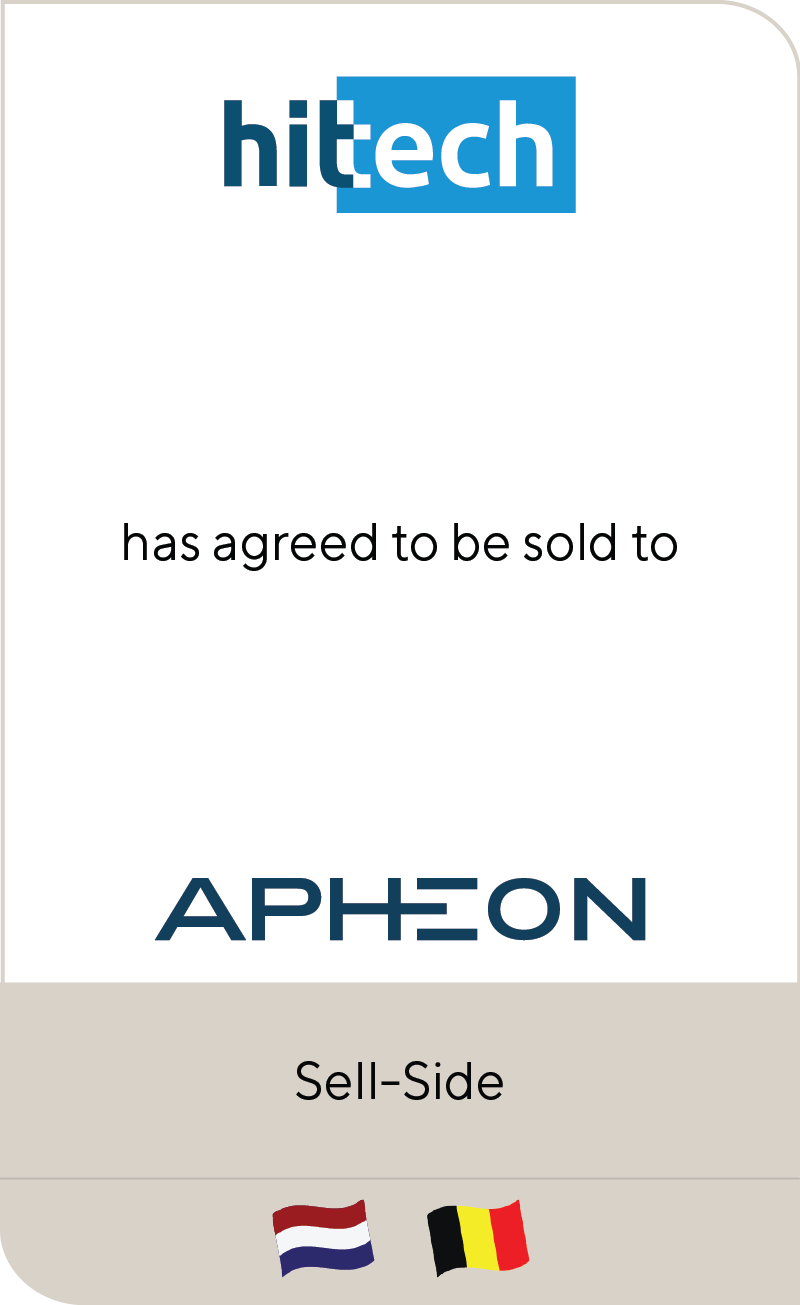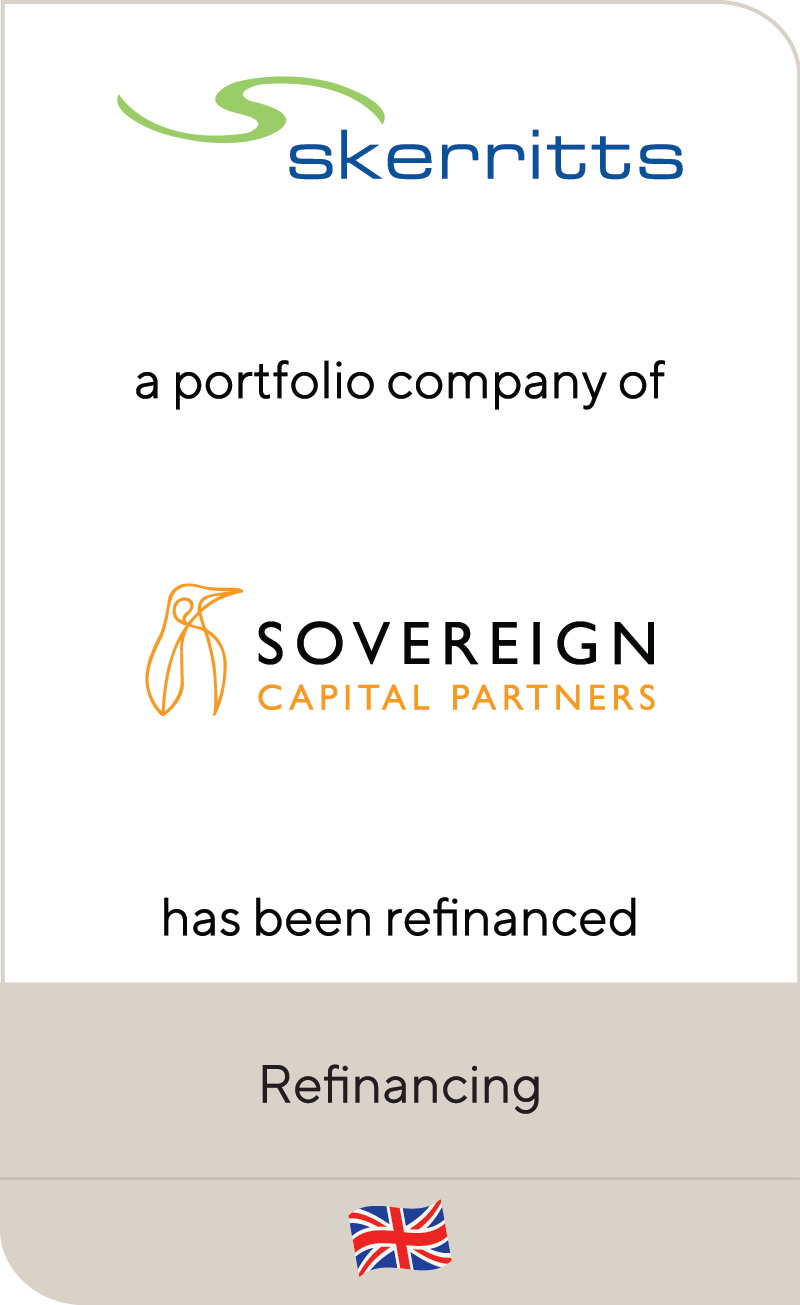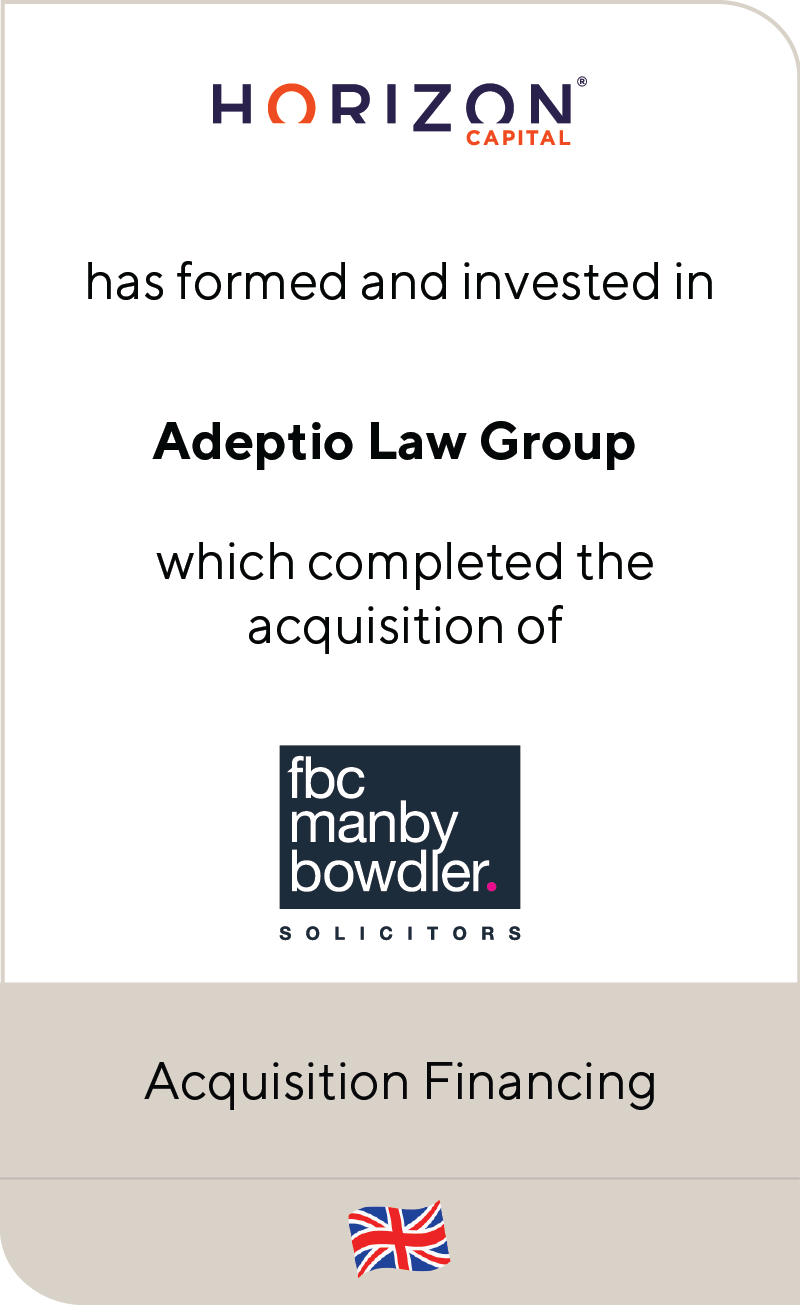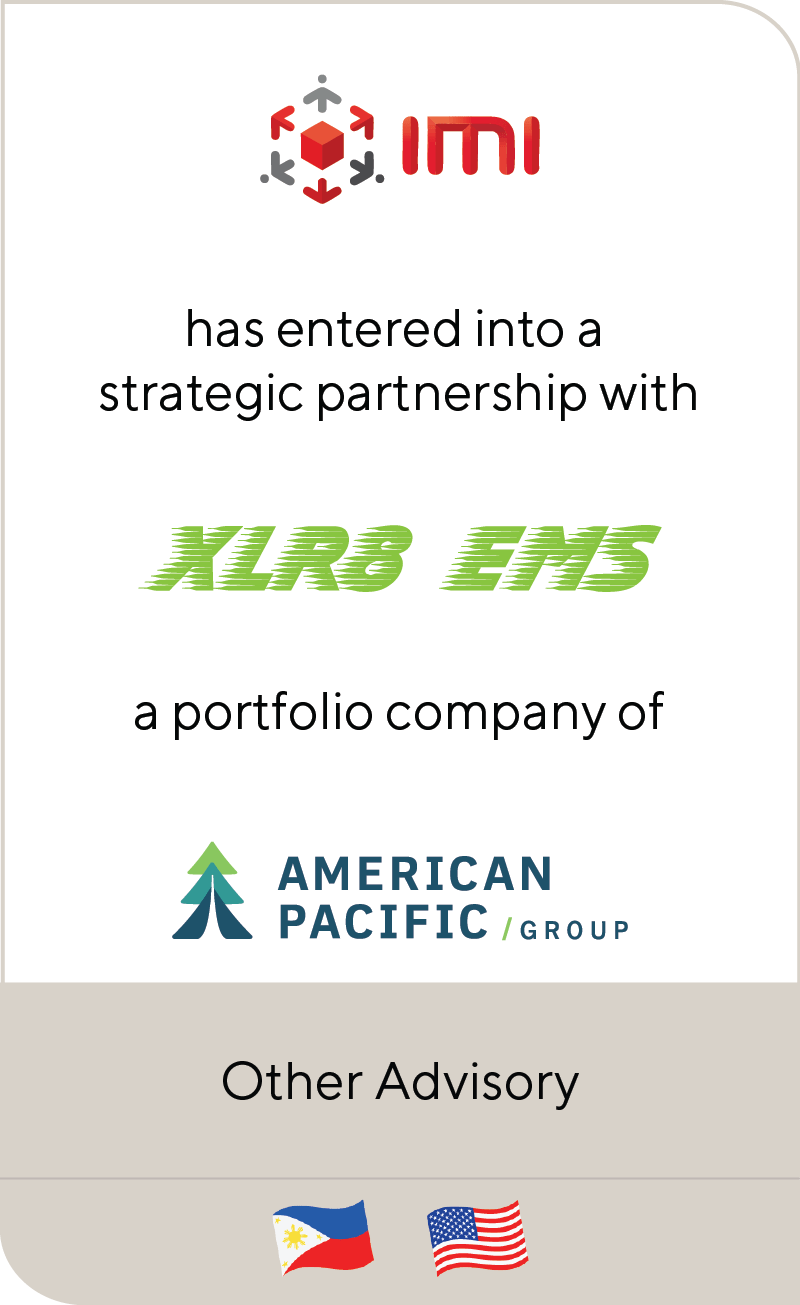The Fallacy of Waiting: Private Equity’s Overestimation of Interest Rate Cut Impact
Jul 2024
| Originally published by Chief Executive on July 16, 2024
When the Dow Jones Industrial Average hit a record high of 40,000 points in May, market participants celebrated. But what exactly did this milestone signify for the economy or the public markets? 39,999 points is not measurably different than 40,000 points. The distinction instead highlights a critical factor impacting financial markets: investor psychology. In the last year, private market investors have squarely focused on interest rates and what the next move might be from central banks. For months they’ve held their breath—and their portfolio companies—waiting for rate cuts that might open the floodgates for improved valuations and renewed deal activity. |
Summary
-
Rob Brown, Lincoln International’s Global Chief Executive Officer, shares how investor psychology influences financial markets and private equity investment strategies amidst constant optimism for M&A activity resumption.
- Sign up to receive Lincoln's perspectives
Throughout this period, financial sponsors have continued to express optimism. Just this spring, Lincoln International surveyed over 1,000 private equity investors; more than 70% of respondents indicated they expect M&A activity to resume in the next six months. The challenge, however, is that private market investors have expressed that same outlook for the last 18 months, expecting the next six months to be different than the prior. And each quarter, they remained optimistic regarding the future while the reality remained the same.
The memory of unsustainably low interest rate environments has led private equity to hold out hope for months that valuation multiples would materially rebound. They have waited patiently for a small rate cut—with the expectation of more to follow—making capital less expensive. The Fed has not followed suit.
The reality is that a small rate cut from the Fed will not fundamentally change business valuations, but the psychology of the event will likely result in sellers feeling this way. While many “A” quality businesses have managed to secure strong valuations, the same cannot be said for businesses with lackluster performance or ones serving more cyclical end-markets, many of which haven’t even been coming into market during this “wait and see” timeframe.
With or without the psychological boost of an interest rate cut, private equity investors sooner rather than later will need to come to terms with the higher-for-longer rate environment.
Private equity moves to its own cycles. There is constant pressure to put capital to work, return capital to limited partners and raise new funds. While private equity owners have turned to continuation vehicles, NAV loans, dividend recapitalizations and other creative solutions to return capital to LPs in the interim, these strategies can only prolong what will be an inevitable exit.
The degree to which private equity elects to sell now rather than play the waiting game on a rate cut that will be more symbolic than anything else may also depend on the size of the overall firm portfolio. Single strategy firms with fewer portfolio companies are more hesitant to accept the reality of the current valuation environment. For these funds, one portfolio company trading below an internal valuation can have an outsized impact on the fund overall or the ability to raise new funds. On the other hand, multi-strategy funds with broader portfolios are less impacted by the exit of any one business and more likely to transact in all market conditions.
Contributors

My goal is to inspire and motivate our people to make a true impact with their clients, their colleagues and their communities.
Robert Brown
CEO | Managing Director | GP-Director
Chicago
